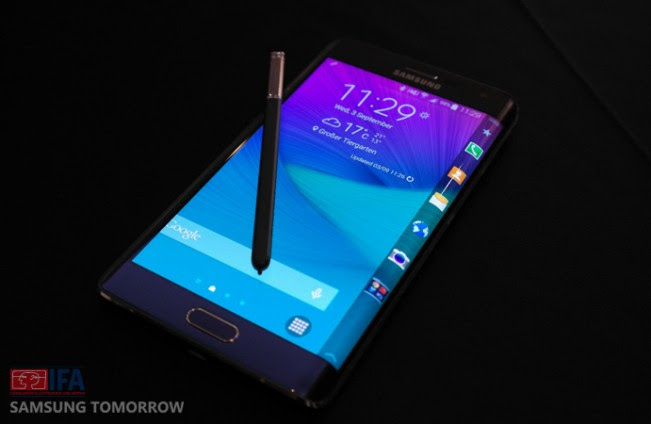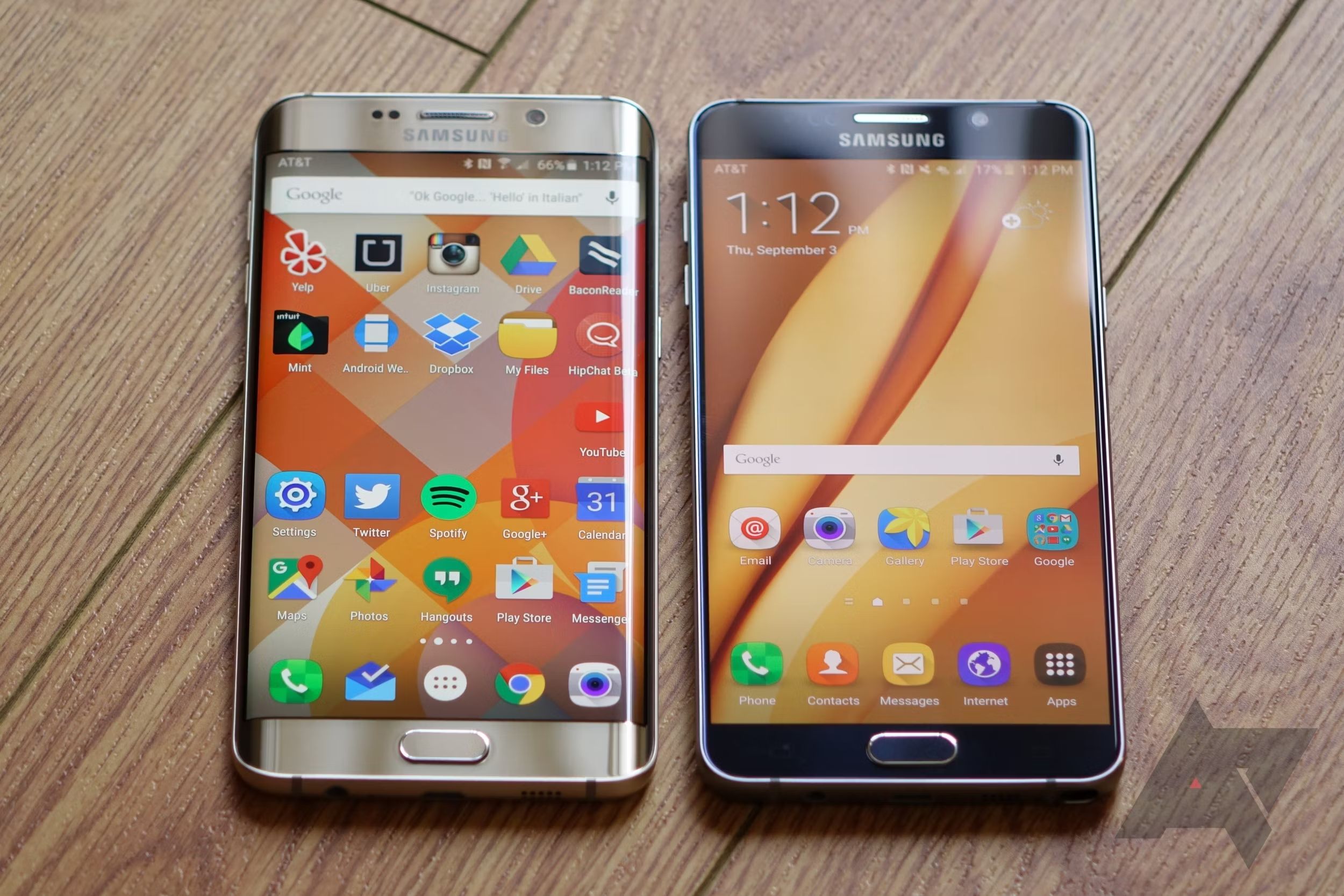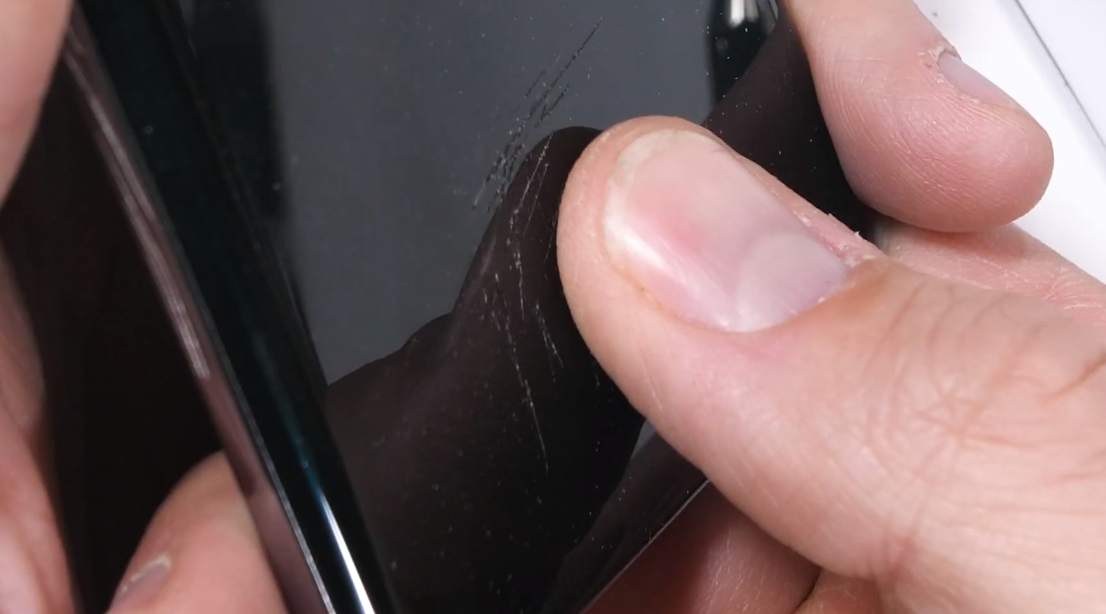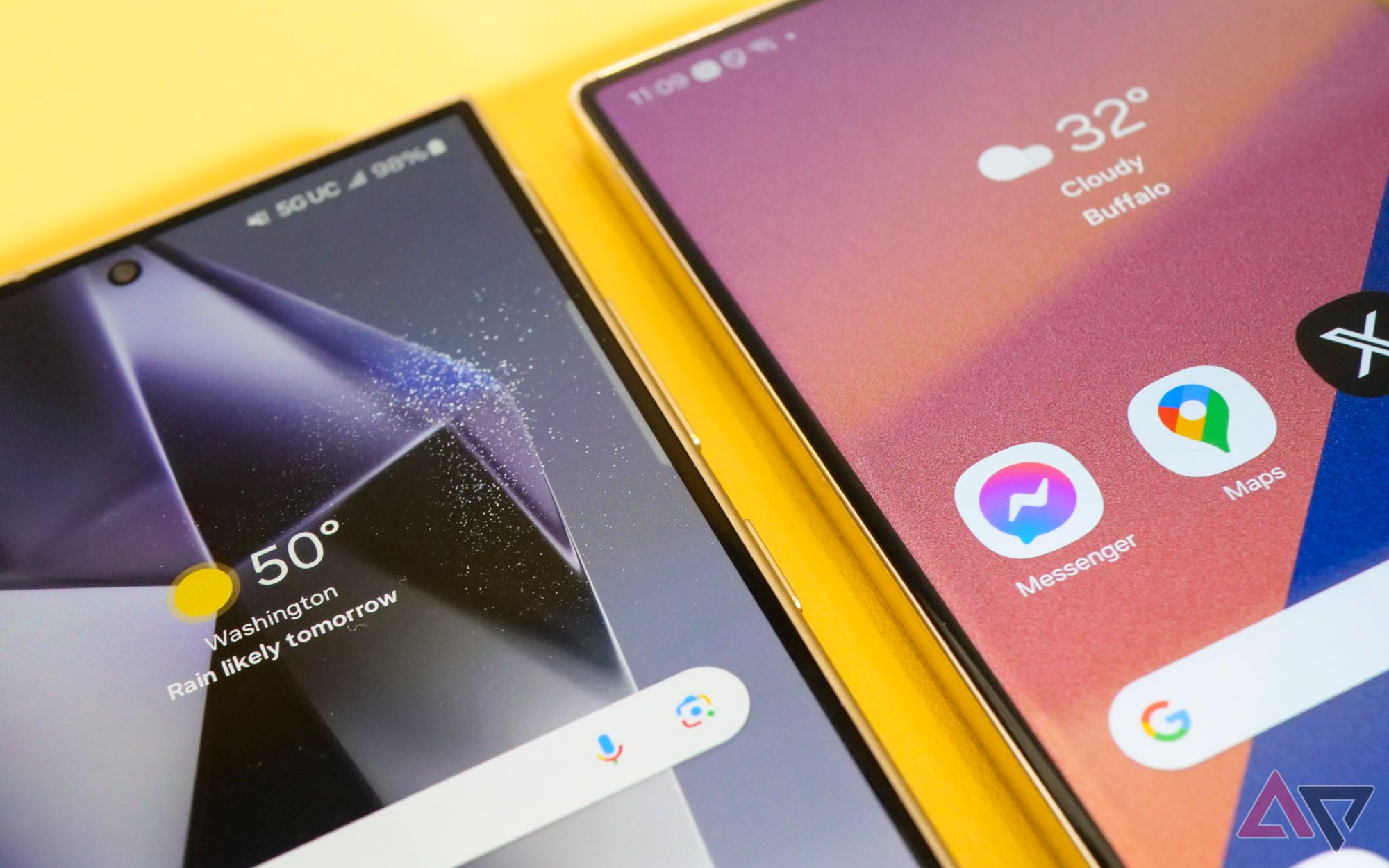If you asked me to consider what feels better to hold, a two-inch cube or a two-inch ball, I’d choose the ball every time. Sharp edges and corners feel all too unnatural to hold in human hands. Our hands are organic, pliable, and generally soft, so gripping an object with hard edges is simply uncomfortable.
This is where I can see Samsung thinking that curving the displays on its smartphones made sense. When these panels first arrived on the market, it gave the illusion of content going edge to edge. As sleek as it look, that curved glass created a whole other set of issues, and with the launch of the new Samsung Galaxy S24 series of devices, that nearly decade-long experiment the company created is coming to a close.
One step forward, two steps back
I’d be willing to bet that many smartphone buyers these days don’t recall the phone that kicked off this trend, and even fewer owned it. The Samsung Galaxy Round was more of a proof of concept than anything, a complete blip on the radar. The device that truly ushered in Samsung’s love of curved screens would be the Samsung Galaxy Note Edge, which launched alongside the standard Note 4 in September 2014. I was working at a T-Mobile store when these phones hit the shelves, and I remember thinking about how cool the curved edge looked. See how I said edge, not edges? That’s because Samsung tip-toed into what became a nearly ten-year love affair with curved screens by drastically curving the right side of the Note Edge.
Giving Samsung credit for how it was attempting to innovate in the smartphone space in both physical design, but also in the software tricks that edge offered. Users could put a number of little widgets on that edge to quickly swipe into to access different info, and it even included a ruler for measuring things. But for a device that came with an S Pen for writing on said display, that curve ate up valuable screen real estate and took away from the true purpose of a Galaxy Note.
The next year, Samsung announced the Galaxy Note 5 and left the curved display behind, rounding only the back glass. I loved this move, and the Note 5 became the first and only Note I ever owned. However, Samsung decided to double down on the curved display for the Galaxy S6 edge+ by sloping both the right and left sides down to the frame but leaving the back of the phone flat. While this choice made a bit more sense as you won’t be using the S6 edge+ for taking notes, it is what truly kicked off a frustrating stint in the smartphone era.
Regardless of the fact that Samsung was still creating some of the best Android phones on the market both in performance and appearance, the practicality of the curved display didn’t seem to be considered. These curved panels are inherently more susceptible to damage because more of the glass is exposed to hitting surfaces since the metal frame is smaller. This meant your new expensive phone was at a higher risk of getting damage to the display,
The curved panels made putting a tempered glass screen protector on the phone nearly impossible, and if you happened to get one that would fit, the glass cover really only adhered to the edges of the screen. Creating gaps above the usable part of the display. While you could put on a flexible TPU screen protector, many, including myself, really dislike that style. Likewise, curved screens — especially in their earliest phases — were particularly prone to phantom touches, especially when not using a case.
Not only do the sloping displays open the door to damage because of physics and the difficulty in getting a proper screen protector on it, but cases are another accessory that can’t really help with protection. If the edge of the case extends up far enough to guard the glass, accessing the side of the display to swipe on the keyboard or to a different app on the phone becomes nearly impossible.
An idea best left to sci-fi movies
Samsung has been slowly moving away from the curved panels over the years by reducing the curvature to be less drastic, beginning with the Galaxy S20 and S20+ in 2020. Then, with the Galaxy S23 and S23+ from 2023, the company opted for flat sheets of glass on both the front and back of the phone. Even the Galaxy S23 Ultra had a nearly flat display with an ever so slight curve to the edges of the glass.
We’re only a few weeks into 2024, and Samsung has delivered its latest phones, all with flat displays. Early hands-ons with the Galaxy S24 has Android Police’s Dominic Preston saying, “it feels better than ever.” Even the premium flagship, the Galaxy S24 Ultra, has gone flat. While I appreciate the practicality of a flat display for using the S Pen on, especially for accessories, the curved glass and edges feel better to hold — and just look cool. However, because reality is something we have to deal with, curved displays will have to live on in sci-fi movies because the real world is over it.
-
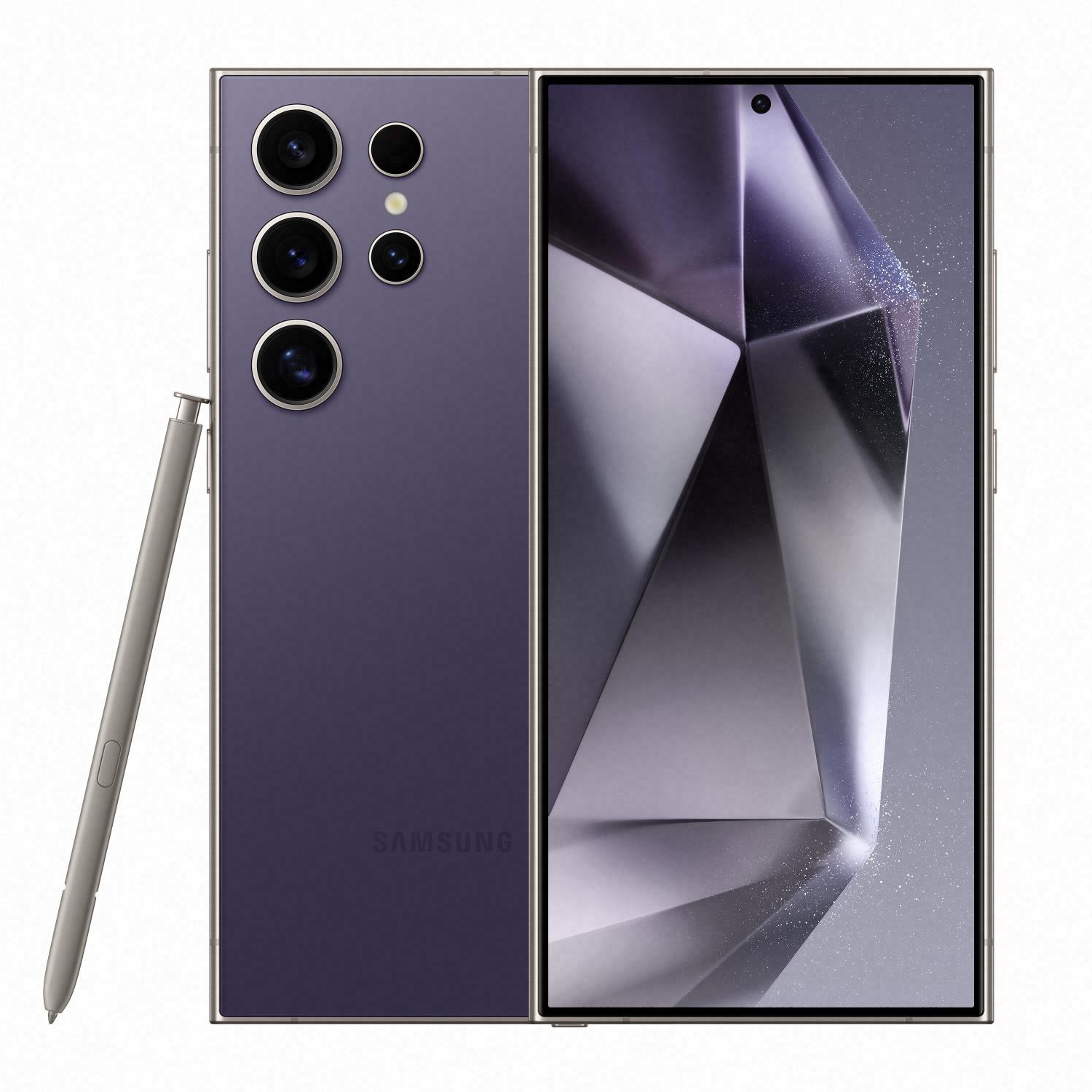
Samsung Galaxy S24 Ultra
It’s not an overhaul by any means, but even small changes like (finally) swapping back to a flat touchscreen and seven years of system updates help the Galaxy S24 Ultra stand apart from its predecessors. Galaxy AI’s suite of features are front and center, as well as Google’s latest utilities like Circle to Search, and this AI craze even brings its magic to the Ultra’s cameras for after-the-fact super slo-mo.
-
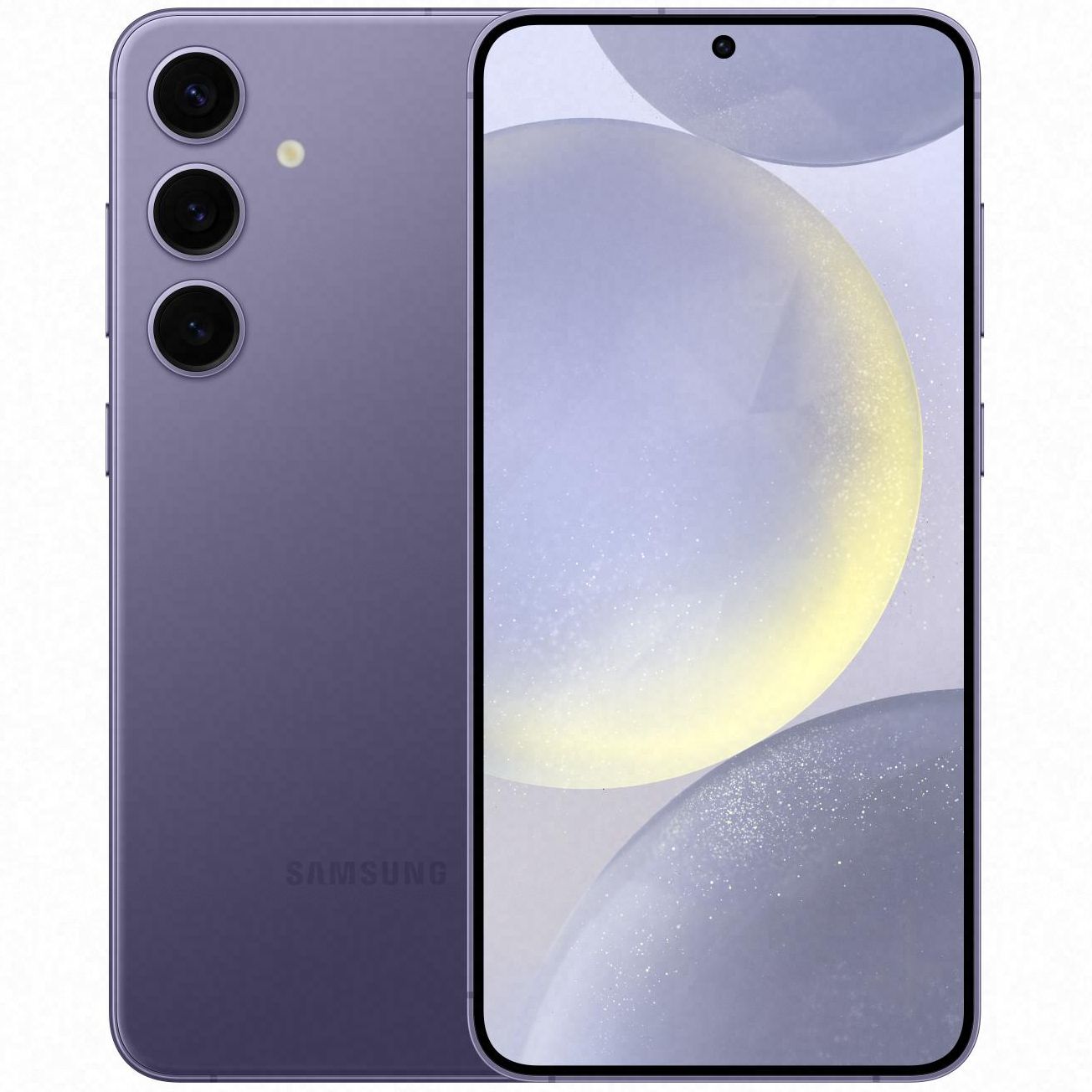
Samsung Galaxy S24+
With a plethora of AI-powered tools, a brighter screen, and a sleek one-piece design, the Samsung Galaxy S24+ offers the big screen and fuller features of the S24 Ultra without its price tag being nearly as much of a gut punch. Seven years of updates and the continued revisions of One UI 6.1 help the software shine on a phone with largely the same hardware.
-
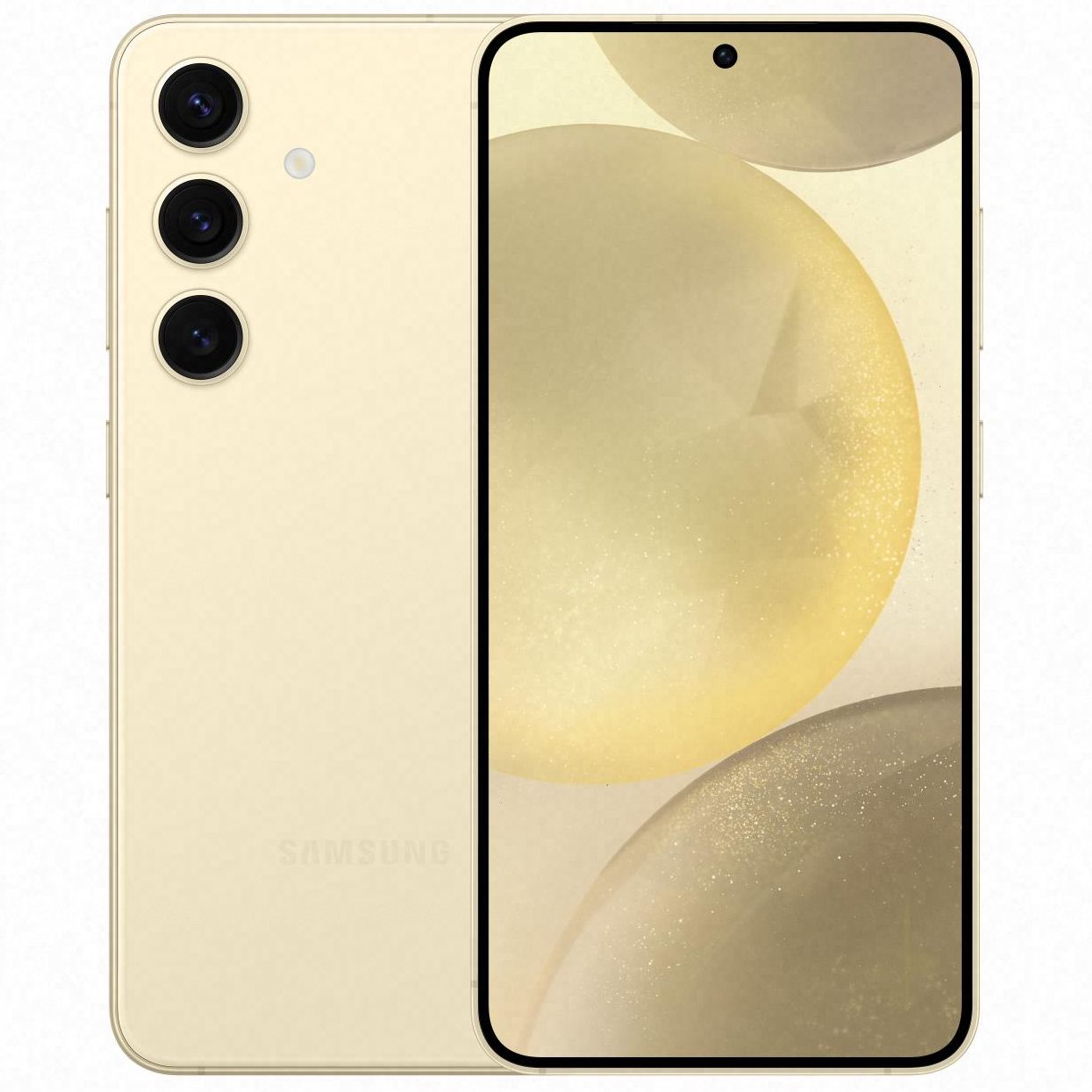
Samsung Galaxy S24
The smallest of Samsung’s 2024 flagships packs possibly the most significant upgrades of the series, with a significantly brighter and 1-120Hz adaptable refresh rate screen, cameras that finally match the S24+, and an even more polished build than the last two years.
Source link

